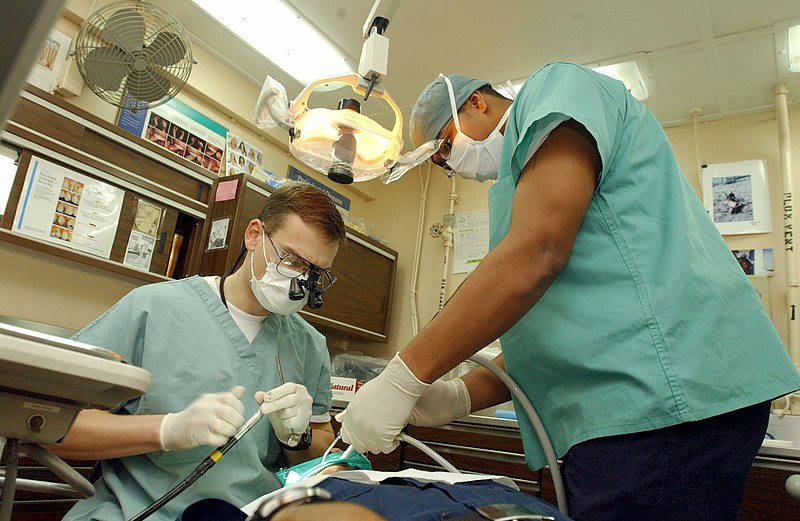Restorative Dentistry – From Fillings to Implants, Repairing and Rebuilding Your Smile
Restorative dentistry encompasses a wide array of treatments aimed at repairing and rebuilding smiles, addressing issues ranging from cavities to missing teeth. At its core, restorative dentistry focuses on restoring both the functionality and aesthetics of teeth, ensuring patients can eat, speak, and smile confidently. One of the most common procedures in this field is dental fillings, used to treat cavities caused by decay. These fillings, typically made from materials like amalgam or composite resin, not only seal off the cavity but also restore the tooth’s structure and prevent further decay. For more extensive damage, such as severely decayed or fractured teeth, dental crowns are often employed. Crowns are custom-made caps that fit over the entire tooth, restoring its shape, size, and strength. They not only improve the tooth’s appearance but also protect it from further damage. Another vital aspect of restorative dentistry is root canal therapy, necessary when the soft tissue inside the tooth becomes infected or inflamed. This procedure involves removing the infected pulp, cleaning the root canal, and sealing it to prevent reinfection.

In cases where tooth extraction is unavoidable, restorative dentistry offers several solutions to replace missing teeth. Dental bridges are fixed prosthetic devices that bridge the gap created by missing teeth, anchored to adjacent teeth or implants. They restore function and aesthetics, preventing surrounding teeth from shifting and preserving the alignment of your bite. Alternatively, dental implants provide a long-term solution by surgically placing titanium posts into the jawbone, acting as artificial tooth roots. These implants support individual crowns, bridges, or even full dentures, offering stability and durability comparable to natural teeth. Beyond these common procedures, restorative dentistry continues to evolve with advancements in materials and techniques. Minimally invasive treatments, such as inlays and onlays, preserve more natural tooth structure compared to traditional fillings. These restorations are custom-made in a dental lab and bonded to the affected tooth, enhancing its strength and appearance.
Furthermore, cosmetic aspects play a crucial role in modern restorative dentistry, ensuring that dental restorations blend seamlessly with natural teeth, enhancing both smile aesthetics and self-confidence. The benefits of restorative dentistry extend beyond mere repair; they contribute significantly to overall oral health and well-being. By addressing dental issues promptly and effectively, patients can avoid more extensive treatments and maintain their natural teeth longer. Regular dental visits and proper oral hygiene are essential to sustaining the results of restorative procedures and view the page for more info https://www.dentistredmond.com/bellevue/general-dentistry/, ensuring lasting oral health benefits. Whether repairing a single damaged tooth or rebuilding an entire smile, restorative dentistry offers personalized solutions to meet each patient’s unique needs, restoring both function and beauty to their smile. Despite its reputation, modern root canal procedures are relatively painless and can save a tooth that might otherwise require extraction.
